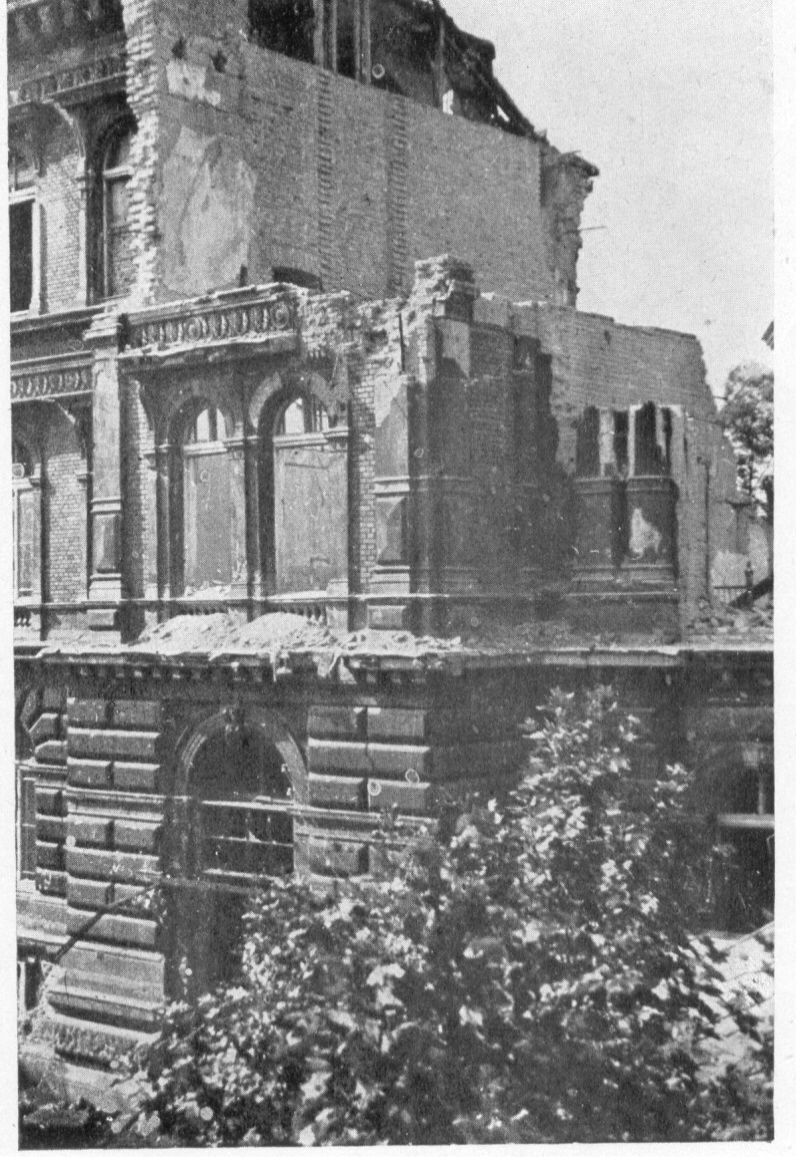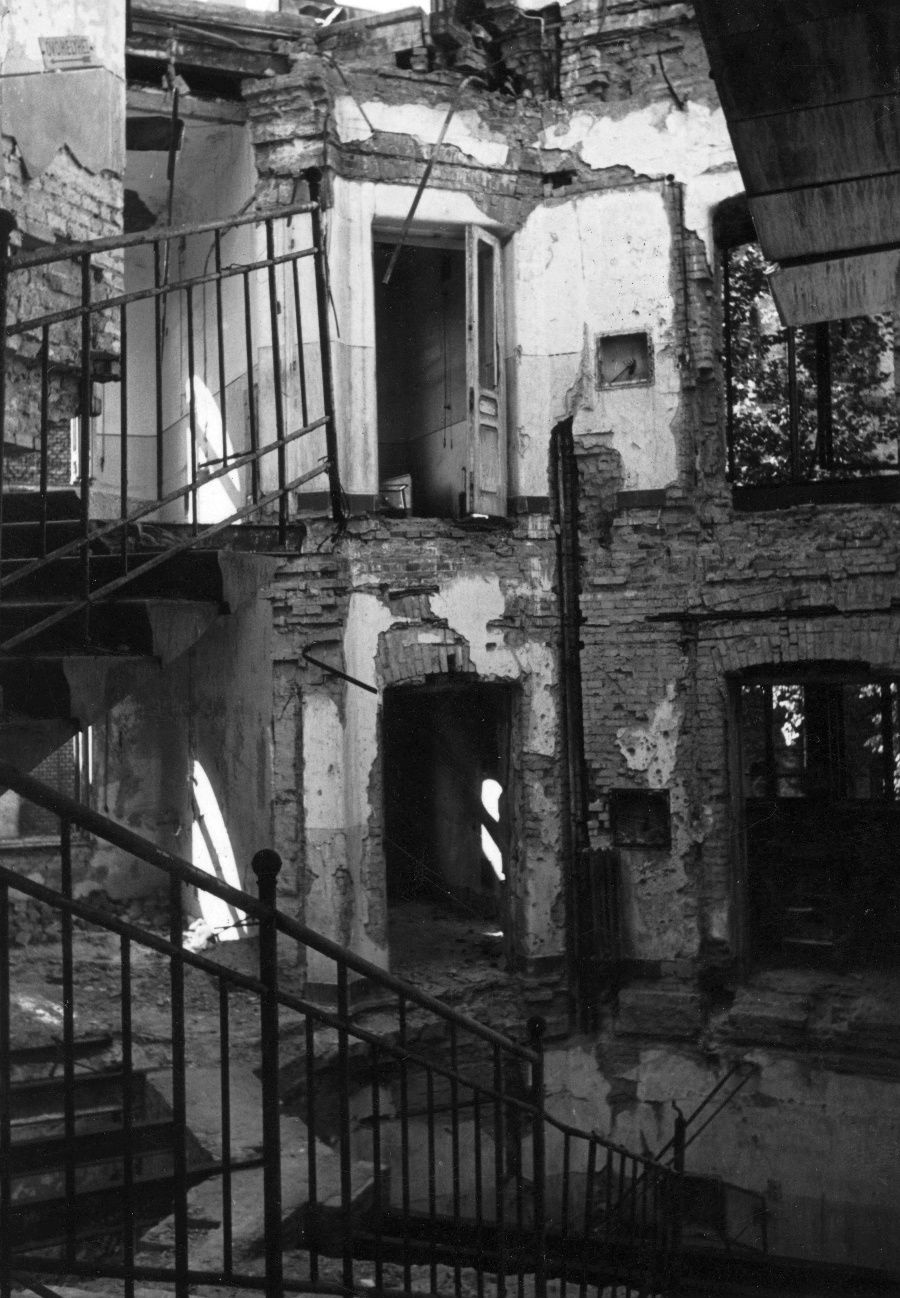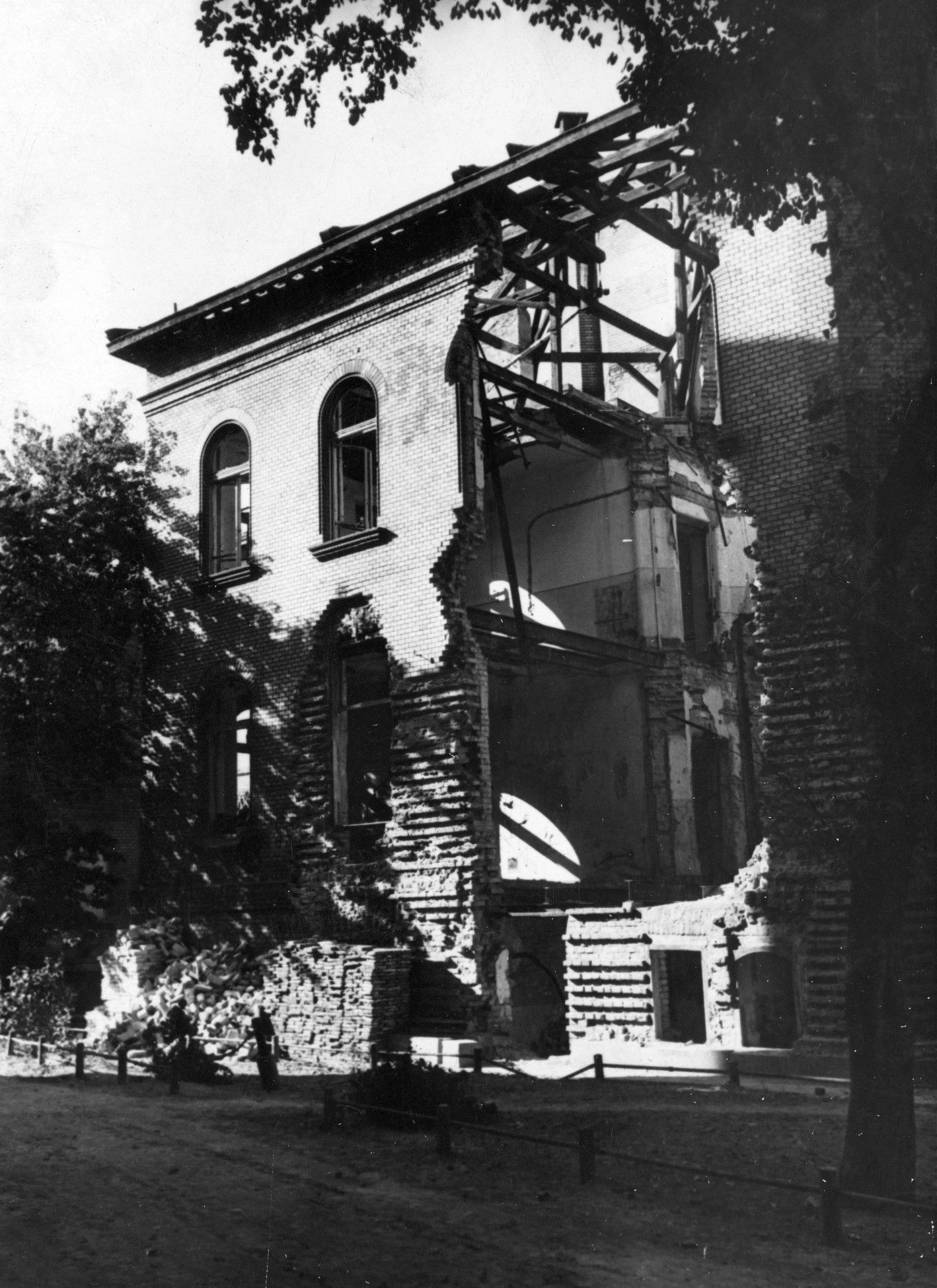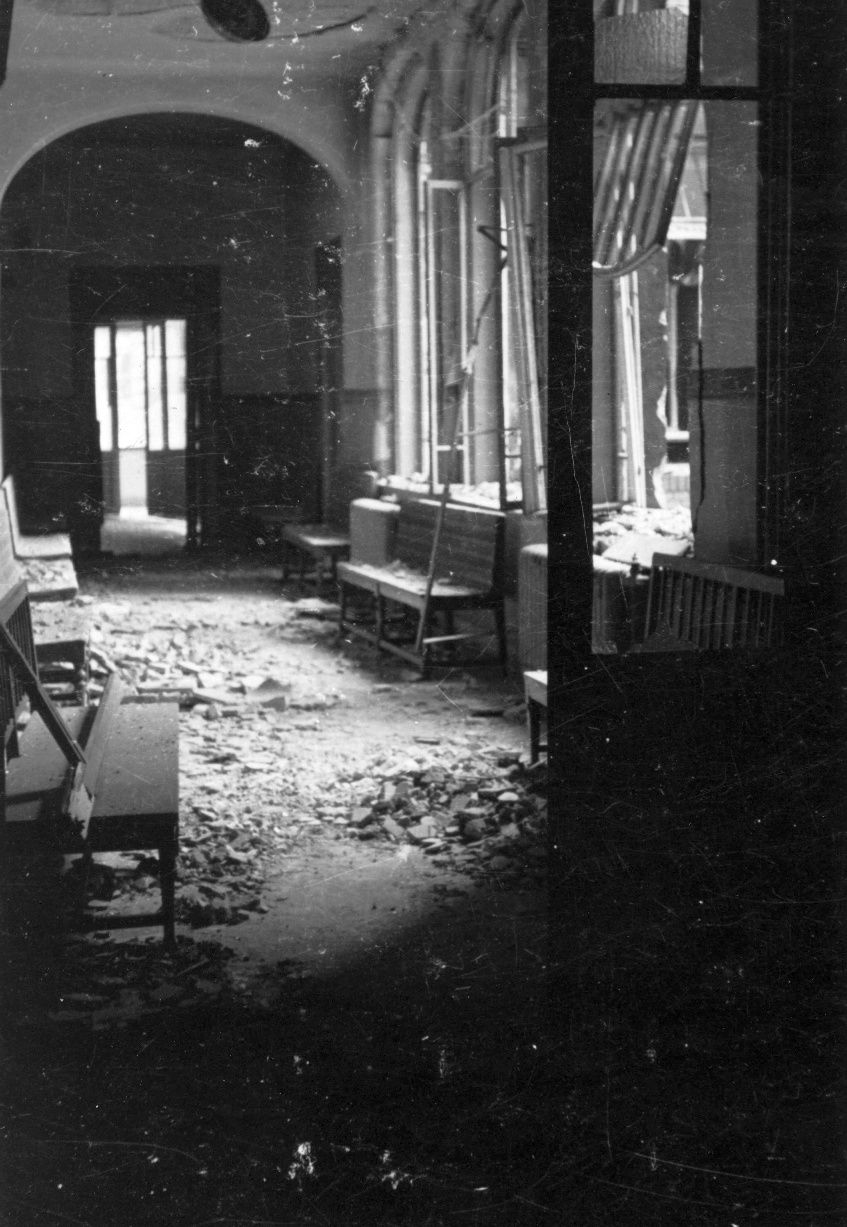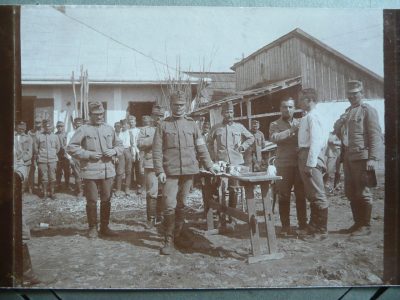Until 1944, the effect of the war on the university was mostly visible in teachers being mustered into the military and in the caring for the wounded, but with the front approaching Hungary, most of the university staff was mobilized. In the current part of our series leading up to the coming 250th anniversary of the university’s founding, we will take a brief look at how the events of World War II affected the university.
Hungary entered the Second World War, which broke out in September 1939, as a combatant only in the summer of 1941, while direct military actions took place in the area of the country only from 1944. From the beginning of the war, military conscriptions thinned the ranks of the various departments’ auxiliary staff, causing increasing difficulties in operation. From the 2nd Department of Surgery alone, 18 physicians had been mustered into the army by 1942, while two female physicians were sent into forced labor service. In the autumn of 1943, the paramilitary 3rd Honvéd Supplementary District Levente Command formed six military companies at the medical faculty, with an average of 160–200 people in each. Those that fell under the jurisdiction of the anti-Jewish laws formed a separate detachment.
By the autumn of 1944, procuring the materials and equipment needed for day-to-day operations became increasingly difficult, due partly to a lack of funds, a host of official restrictions, transport difficulties and the risk of stocks being confiscated. Procurement committees were set up at the faculties, first at the humanities faculty and later, encouraged by the positive experiences, at the medical faculty as well. In the autumn of 1944, as the front reached the universities in rural towns, some of the teachers and students from these universities sought refuge in Budapest. The Ministry of Religion and Public Education (VKM) assigned the auxiliary staff from Kolozsvár (today Cluj-Napoca, Romania), Debrecen and Szeged to the faculties in Budapest, in an attempt to offset the accumulated staff shortages.
On October 25, 1944 the VKM declared a temporary stoppage to school education due to the military situation, except for the engineering, medical, veterinary and pharmacy students in their last two years of education, who had to completed their studies on an abbreviated schedule. It was the firm intent of the far-right “Nyilas” (Arrow Cross) government that was in power at that time to get students of these programs, who were considered to be crucial for the continuation of the war, safely to Germany. The students, including 600 medical and pharmacy students, were sent on their way to Germany on December 8 and 14. Following a long and arduous journey, the pharmacy students eventually arrived in Graz, and the medical students in Halle. It was only well after the war was over that they were able to return home, with U.S. assistance.
As a result of the Allied bombing raids that started in April, an evacuation plan was drawn up, in which the university’s estate in the village of Buják played an important role. The dean, Béla Issekutz, had taken measures already in March by renting a 600-square-meter cave in the Nagytétény district of Budapest to house the faculty library’s books. The more valuable manuscripts were moved to the main faculty building’s basement for safekeeping. In the outer clinical center, pipe-shelters were built, wells were drilled and cows were bought to secure the food supply.
Along with the city, the university sustained serious damages as well during the heavy 50-day siege of Budapest. The clinics and institutes maintained operation while the fighting was going on, and handled a significantly increasing number of patients. The departments made preparations for handling the wounded and other patients, and also performed laboratory work for the National Public Health Institute, the Budapest Public Health Hospital, and the 11th Honvéd Military Hospital, as well as producing vaccines. Emergency hospitals were established in nearby buildings as well, including for example in the basement of the Museum of Applied Arts, which is right next to the inner clinical center. Despite the difficulties and the pressure from the government, most of the faculty professors held onto most of the materials and equipment of the clinics and departments, instead of moving them to the Buda side. A further problem was caused by the fact that with Pest cut off from the rest of the city, some of the staff were stuck either in Buda or in the countryside.
As most of the faculty’s buildings were located along the path of the besieging Soviet forces, on Üllői út, the buildings and the equipment housed within them sustained serious damages. The section of the 2nd Department of Internal Medicine located in the main building was hit by a bomb, and one of the wings of the Department of Gynecology in Baross utca was almost completely destroyed. The Departments of Dermatology and Pediatrics, as well as the 2nd Department of Surgery were shot up, but several other buildings sustained heavy damage as well. According to one post-war assessment, the value of the damage reached 13 million pengős, at 1938 prices. The damages caused by the fighting were made worse by the freezing of water systems and rampant looting in the city.
The parks and courtyards of the university became makeshift cemeteries. The siege claimed victims from among the ranks of the university as well. One unusual case was that of Dr. Vilmos Czunft, a privatdozent and the head physician of the university’s Radium Hospital, who consciously risked his life in the interest of the university and his vocation. During the siege, he tried to save 2.5 grams of radium, a highly radioactive element, from getting into the hands of the Soviets, and carried it on his body for almost three days, resulting in radiation sickness that led to his death. His professor Nándor Ratkóczy tried in vain to declare him a war hero of the university, but this was impossible in the changed political climate.
The Soviet occupiers subsequently seized the buildings of the 1st Department of Surgery and the Department of Otorhinolaryngology and turned them into hospitals. Despite the continuous urging of the faculty, the Soviets only left the buildings on December 1, 1947. It seems, however, that they took the order to clear out literally, as they took all the machines and equipment of the departments with them.
Dr. László Molnár
Central Archives
Translation: Tamás Deme
Photo sources: Central Archives, Fortepan
Featured image (illustration): Fortepan (Hospital train during World War II)
